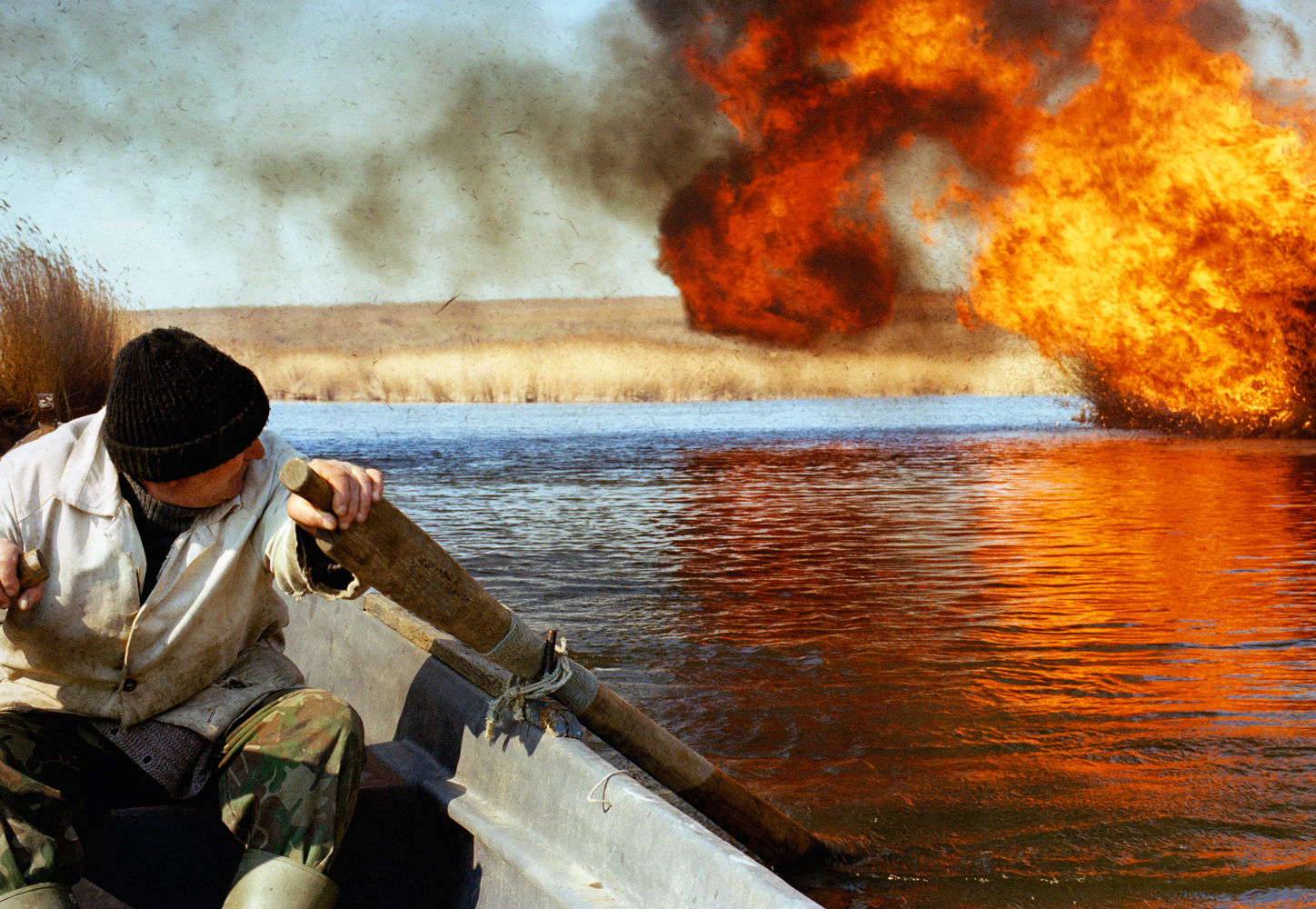
Eastern Europe has become a popular destination for photographers looking for interesting stories in an exotic and new landscape. The antecedents to this trend range from Jonas Bendiksen’s documentation of spaceship junkyards and scrap-metal dealers to Robert Polidori’s large scale images of desolation and despair. Today, these areas serve as a main destination for young photographers—but, among the hundreds of projects produced in the area, only a couple come from a personal and individual point of view.
Irina Ruppert’s intimate knowledge of Kazakhstan and Eastern Europe comes from an experience of emigration and a complex family history. She moved at the age of 7 with her parents and three siblings from Kazakhstan to Germany in 1976, leaving four other siblings behind, carrying intense and vivid memories of her hometown and everyday life in the villages. After the collapse of the USSR in 1993, Ruppert started traveling back home, where she encountered a place full of political change but the same spirit and feelings she remembered from her childhood.
From 2006 to 2010 she photographed different locations in Russia, Ukraine, Bulgaria, Romania, Slovakia, Poland and Kazakhstan. She was most impressed with her hometown and the changes it had gone through since the end of socialism. “It seemed that everything that had to do with the Russian past had been wiped out from one day to the other,” she says. “The Cyrillic alphabet and Russian language were gone. Old Russian statues of Lenin and Stalin were given long beards and their names were changed to those of Kazakh personalities.”
When Ruppert describes her travels in Eastern Europe, she notes feeling immersed in the experience and always feeling at home. “I can smell the food and see that the colors and landscapes are very different from Germany. People’s behaviors are very familiar to me,” she explains. “When I get on a bus and there’s only one person sitting inside, I always sit next. I never take the last seat alone in the back. People in the East are extreme in their feelings and actions; it’s always about being together. I usually travel alone but in the East, you are never alone.”
The work she produced was compiled into a book called Rodina, published in 2011 by Peperoni Books in Germany. Each individual picture in the book displays a different mood and atmosphere; it is the travel diary of a child in self-recognition, immersed in a sea of images. “I want to show my view of the East: a small world of a detached observer who is not judgmental or tendentious.”
Nowadays Ruppert travels looking for wolf tracks coming from Eastern Europe into East Germany as part of a new photographic project. She has also recently received a grant from the VG Bild-Kunst to photograph the Roma people in Romania, a series that she will work on this coming summer. A research photograph from that project, which has not yet begun in earnest, is included at right.
Irina Ruppert is a Hamburg-based photographer. More of her work can be seen here. Her book Rodina, is available in the Kominek Gallery in Berlin.


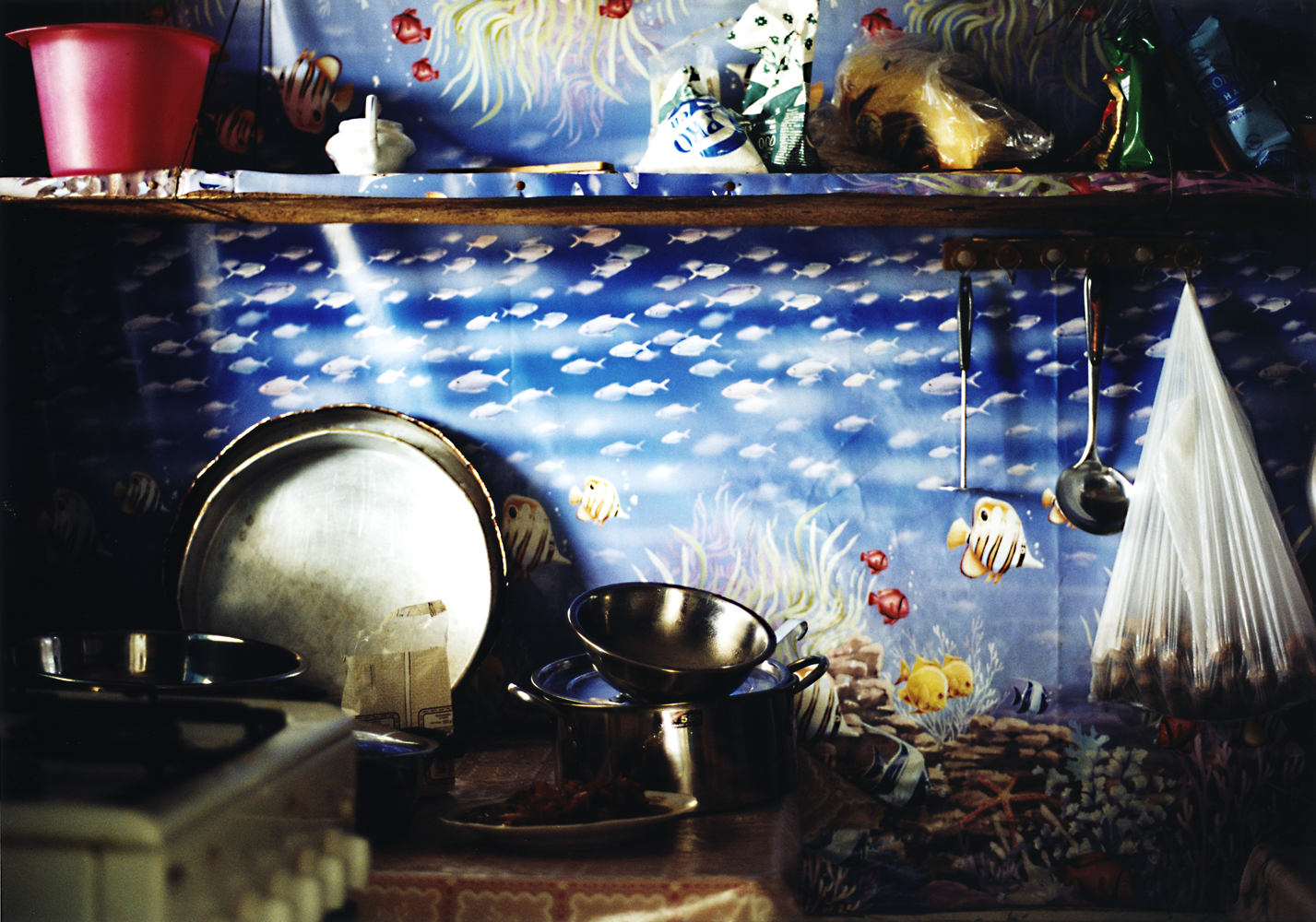

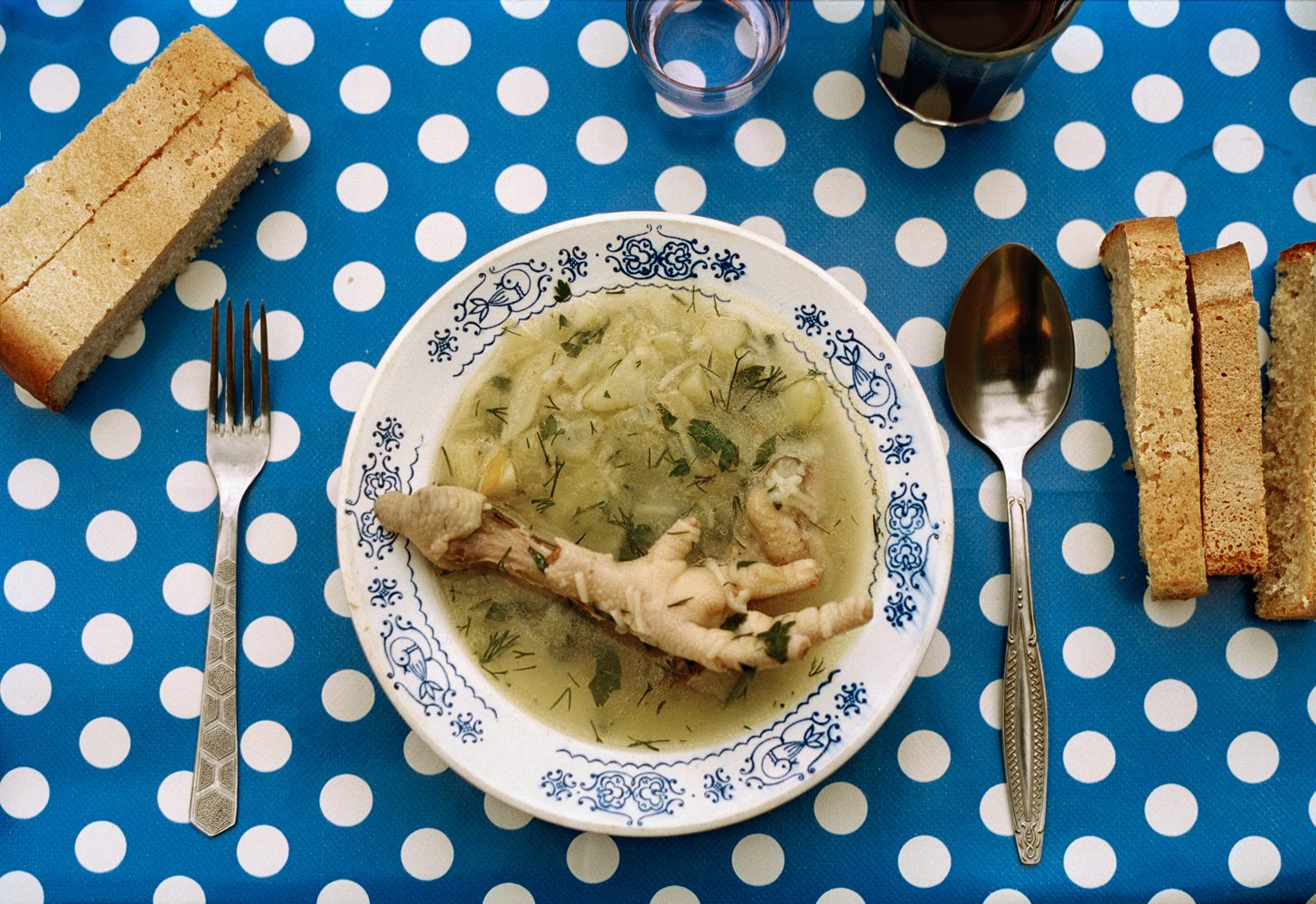
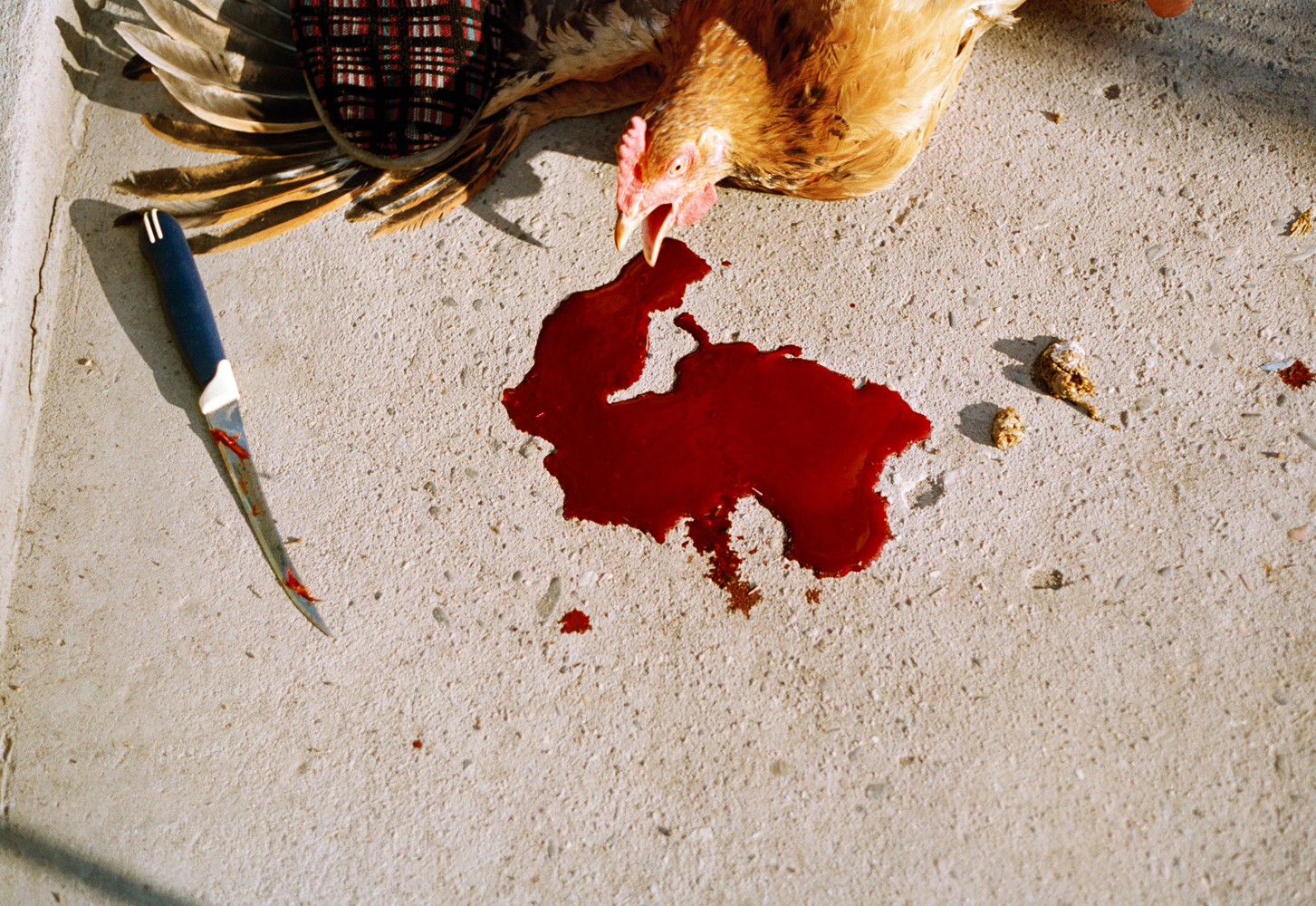
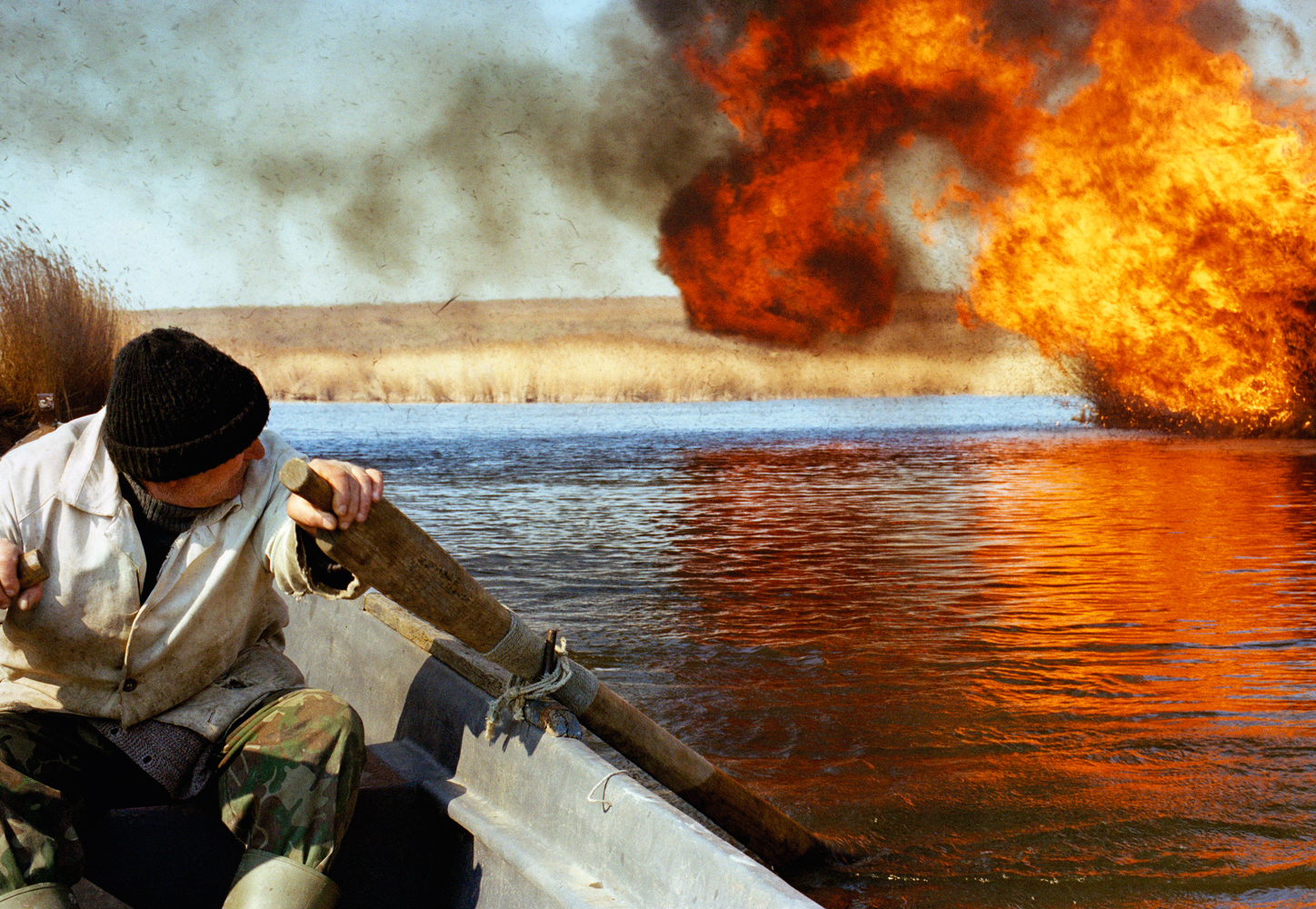
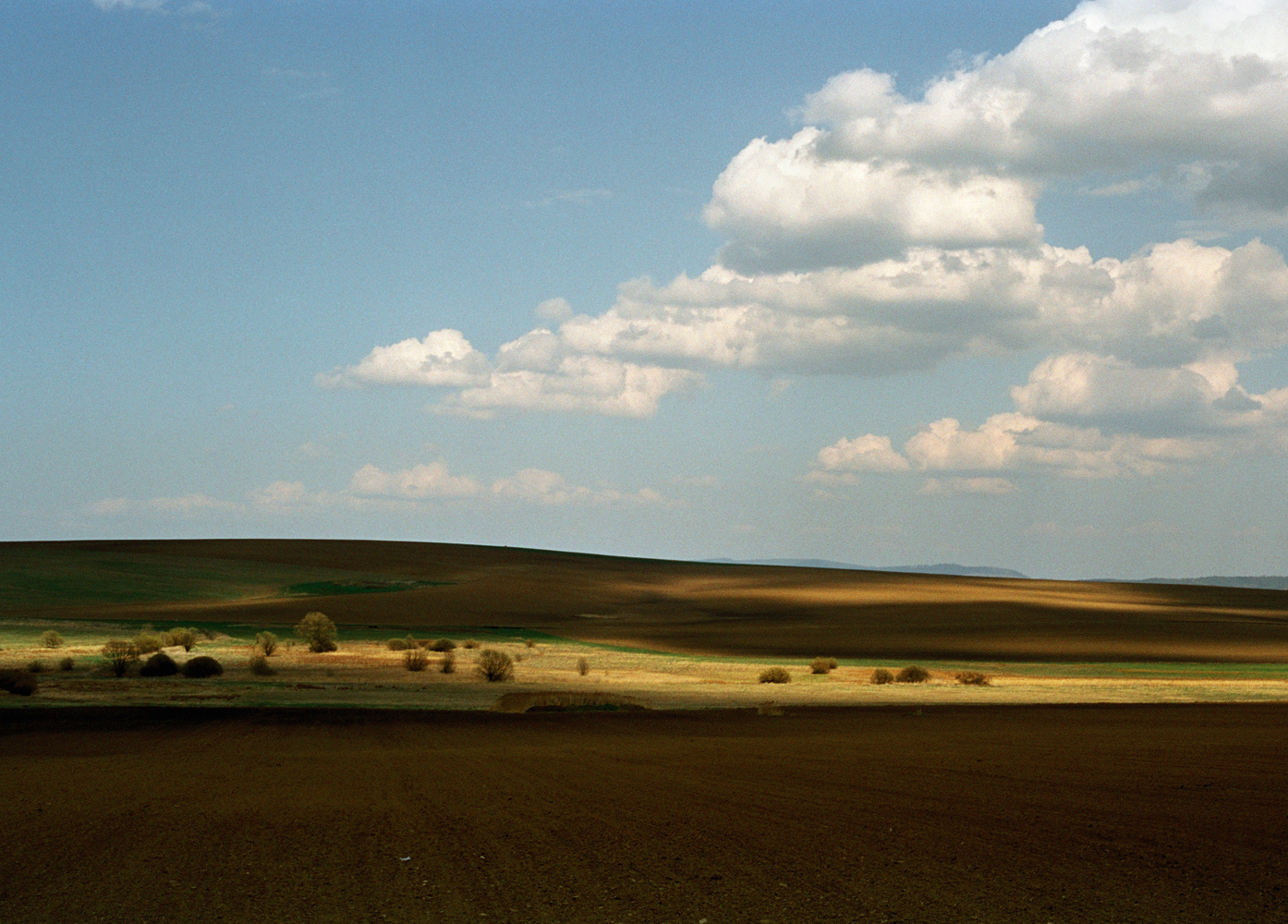


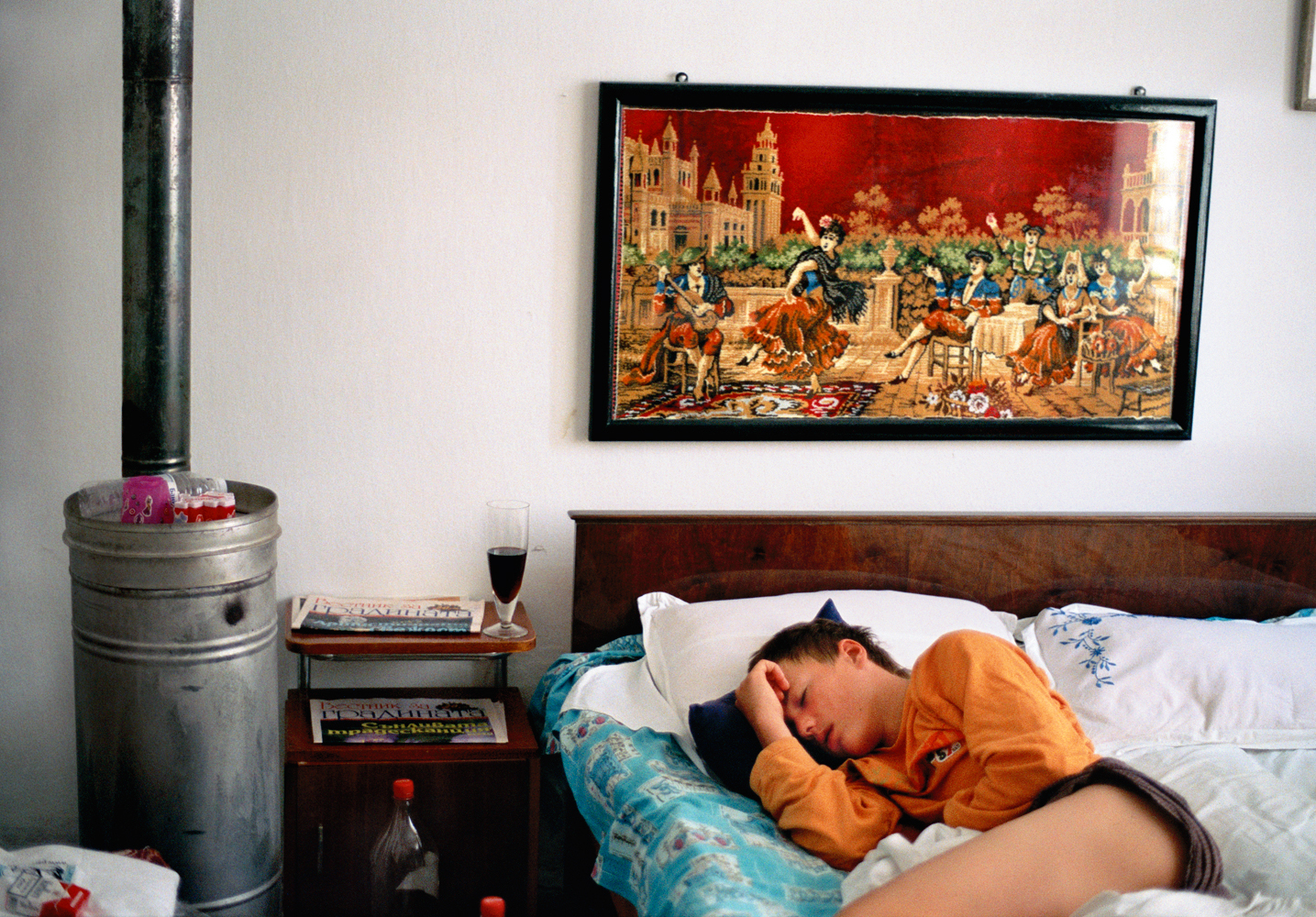
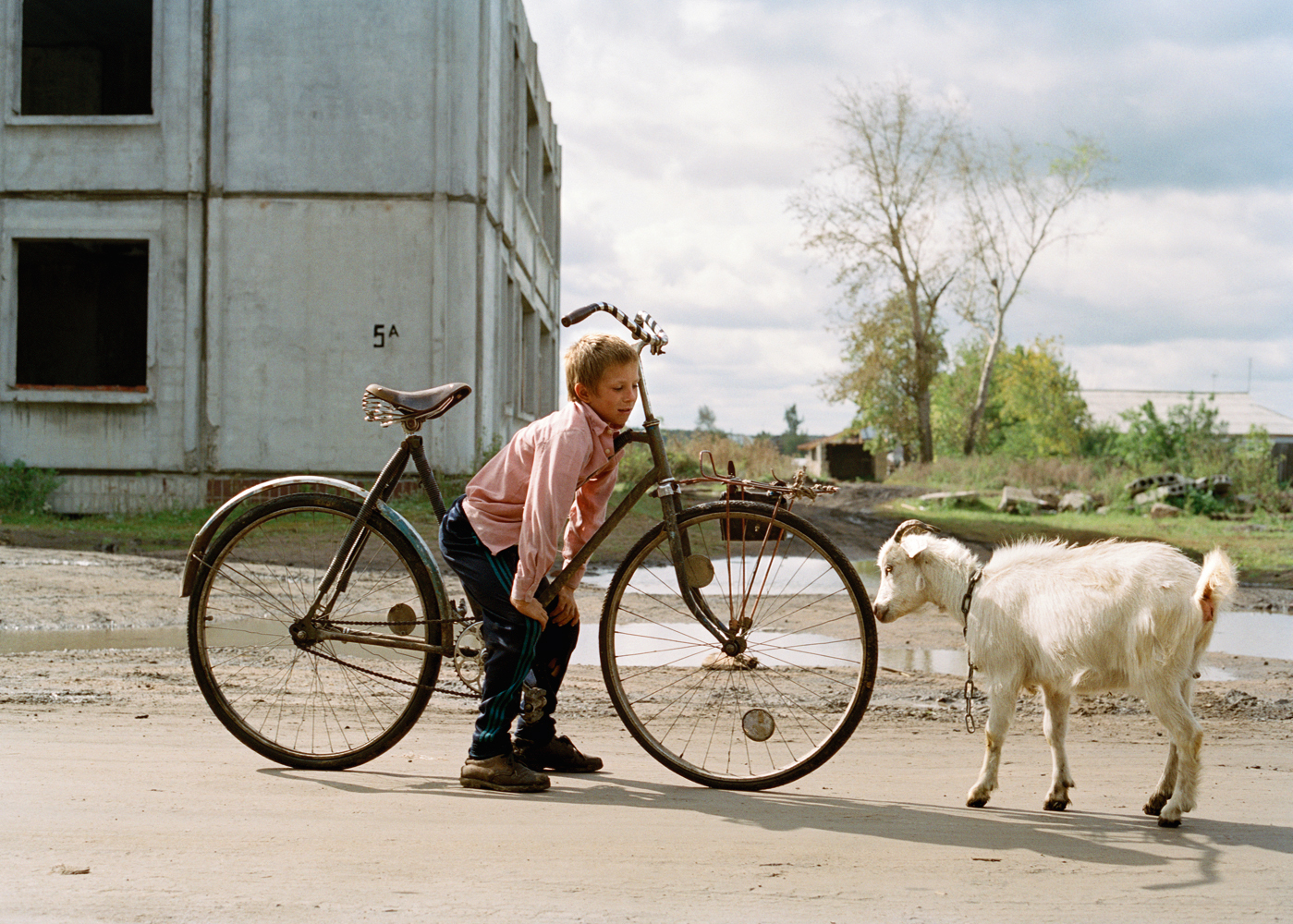

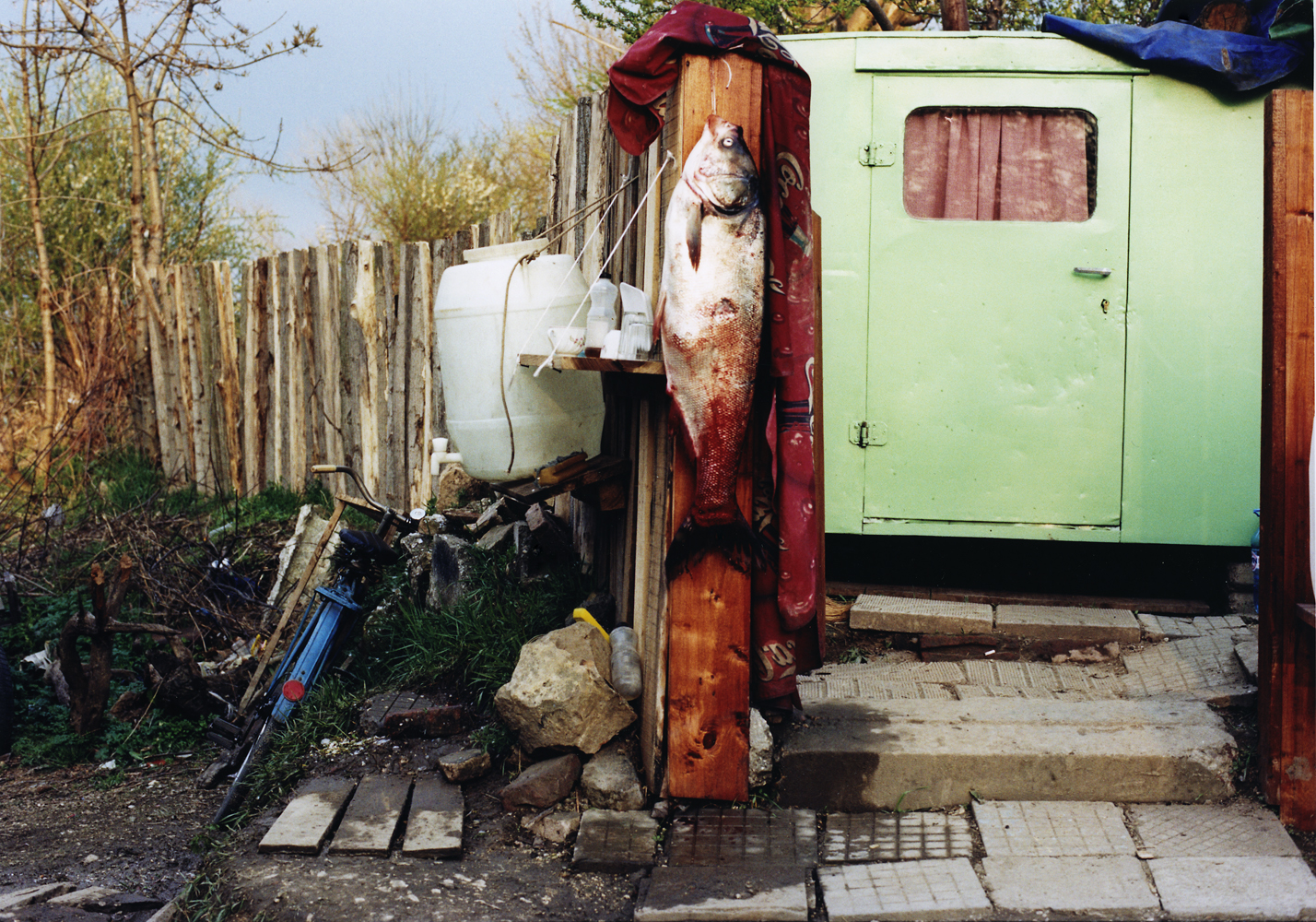

More Must-Reads from TIME
- Cybersecurity Experts Are Sounding the Alarm on DOGE
- Meet the 2025 Women of the Year
- The Harsh Truth About Disability Inclusion
- Why Do More Young Adults Have Cancer?
- Colman Domingo Leads With Radical Love
- How to Get Better at Doing Things Alone
- Michelle Zauner Stares Down the Darkness
Contact us at letters@time.com